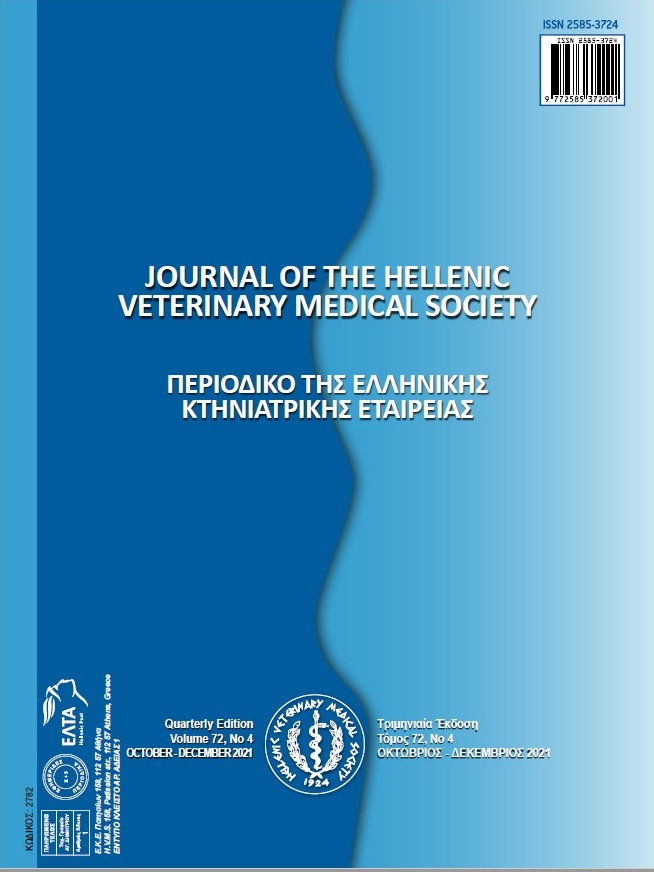Determination of microbiological quality and histamine levels in rainbow trouts (Oncorhynchus mykiss)

Abstract
This study aims to determine the microbiological quality and histamine levels of fresh-marketed rainbow trouts (Oncorhynchus mykiss). The total mesophilic aerobic bacteria (TMAB), total psychrophilic aerobic bacteria (TPAB), coliform, fecal coliform, Enterobacteriaceae, Pseudomonas, Staphylococcus-Micrococcus and mold-yeast numbers were detected as 4.24, 4.00, 1.10, 0.17, 1.50, 3.05, 0.28 and 3.82 log10 cfu/g, respectively. Yersinia enterocolitica, Listeria monocytogenes, Escherichia coli O157:H7 and Vibrio spp bacteria were found in 18 (37.5%), 14 (29.1%), 8 (16.6%) and 14 (29.1%) respectively. Twenty-eight out of 51 Listeria isolates (54.9%) were verified through PCR analysis as L. monocytogenes. It was determined that the histamine level in the samples was above the detectable level (>2.5 mg/kg) in 8 of the samples (16.6%)determined using an ELISA method. It was concluded that the detection of foodborne pathogens in fresh-marketed fish samples potentially constitutes a public health hazard.
Article Details
- How to Cite
-
AKSOY, A., SEZER, Ç, ATASEVER, M., ÇETINKAYA, A., & GÜLBAZ, G. (2022). Determination of microbiological quality and histamine levels in rainbow trouts (Oncorhynchus mykiss). Journal of the Hellenic Veterinary Medical Society, 72(4), 3321–3328. https://doi.org/10.12681/jhvms.29368
- Issue
- Vol. 72 No. 4 (2021)
- Section
- Research Articles

This work is licensed under a Creative Commons Attribution-NonCommercial 4.0 International License.
Authors who publish with this journal agree to the following terms:
· Authors retain copyright and grant the journal right of first publication with the work simultaneously licensed under a Creative Commons Attribution Non-Commercial License that allows others to share the work with an acknowledgement of the work's authorship and initial publication in this journal.
· Authors are able to enter into separate, additional contractual arrangements for the non-exclusive distribution of the journal's published version of the work (e.g. post it to an institutional repository or publish it in a book), with an acknowledgement of its initial publication in this journal.
· Authors are permitted and encouraged to post their work online (preferably in institutional repositories or on their website) prior to and during the submission process, as it can lead to productive exchanges, as well as earlier and greater citation of published work.



